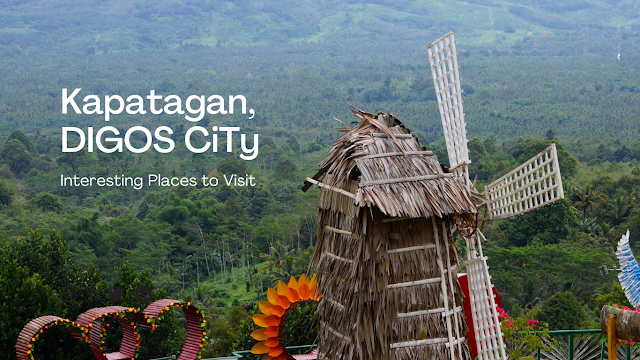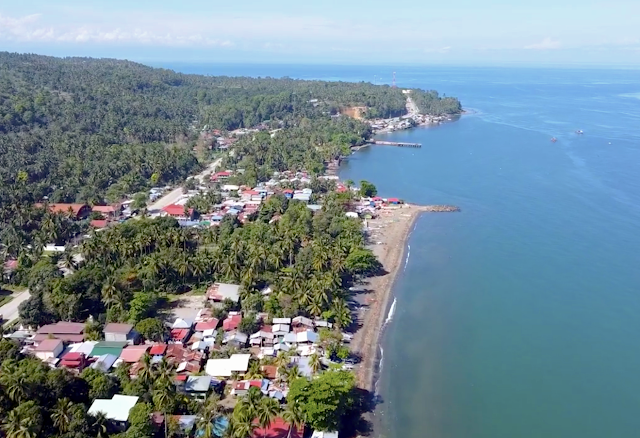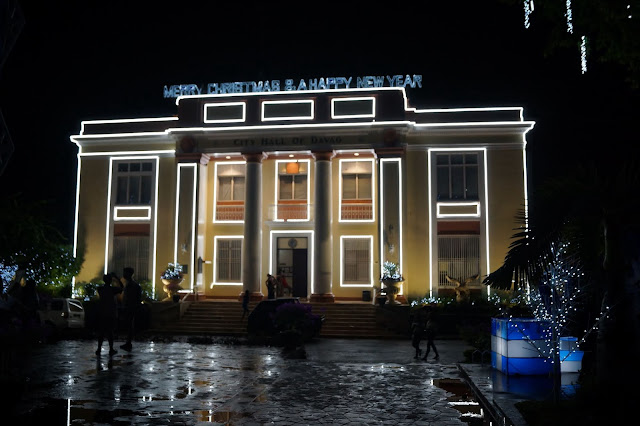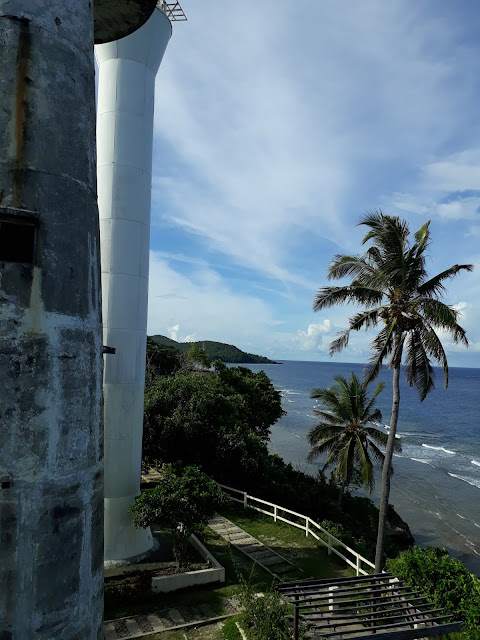Things to do in Don Carlos, Bukidnon | History, Population and Poverty
Don Carlos is a municipality located in Bukidnon Province, Northern Mindanao, Philippines.. is a small town that offers some tourist spots and activities that visitors can enjoy.
Brief History
The town was named after Carlos Calamba, a local leader who fought against Spanish colonization in the late 19th century.
During the American colonial period in the Philippines, Don Carlos was established as a municipality on December 27, 1933, through Executive Order No. 92 issued by Governor-General Frank Murphy. The town was carved out of the municipality of Malaybalay and was initially composed of 13 barrios (villages).
Don Carlos played an important role in the Philippine resistance movement during World War II. The town was a stronghold of the guerrilla movement, with local leaders and farmers organizing themselves to fight against Japanese occupation. The guerrillas were able to drive the Japanese out of Don Carlos and other parts of Bukidnon, and the town became a center of resistance in northern Mindanao.
After the war, Don Carlos continued to develop as an agricultural town, with rice and corn as the main crops. The town also became known for its high-quality coffee, which is still a major product of the area today. In recent years, the town has seen some development as an eco-tourism destination, with its natural attractions such as waterfalls, caves, and scenic views drawing visitors from all over the Philippines.
Today, Don Carlos remains a small town with a rich history and culture. Its people are known for their warmth and hospitality, and the town is a popular destination for those seeking a peaceful and relaxing escape from the hustle and bustle of the city.
Population, Poverty, and Economy
According to the 2020 census conducted by the Philippine Statistics Authority, the population of Don Carlos, Bukidnon was 61,734. The city has an area of 78.17 km2 and a population density of 790 people per km2.
Don Carlos is classified as a 3rd class municipality in terms of income classification, based on its annual income in the previous fiscal year. The town's economy is primarily driven by agriculture, with rice, corn, and coffee as the main crops. Livestock and poultry production also contribute to the local economy.
Despite its agricultural resources, poverty remains a significant issue in Don Carlos. According to the 2020 data from the Philippine Statistics Authority, the poverty incidence among families in the town was 36.5%, which is higher than the national average of 16.6%. The town government has implemented various programs and initiatives to address poverty, including livelihood programs and social services for the marginalized sectors of society.
In recent years, there have been efforts to promote eco-tourism in Don Carlos as a means of boosting the local economy. The town is home to several natural attractions, including the Pulangui Falls and the Cawayan Falls, which draw tourists from within Bukidnon and other parts of the Philippines. The town also hosts an annual coffee festival, which celebrates Don Carlos' rich coffee culture and promotes the town's locally grown coffee beans.
Here are some of the things you can do in Don Carlos, Bukidnon:
- Visit the Kibila Giant Clay Pot - The Kibila Giant Clay Pot is a huge pot made of clay that is located in Barangay Kibila. It is believed to be the largest clay pot in the Philippines, with a height of 10 feet and a diameter of 9 feet. Visitors can take photos with the giant pot and learn about the local pottery industry.
- Explore the Mt. Kitanglad Range Natural Park - The Mt. Kitanglad Range Natural Park is a protected area that is home to several species of plants and animals. Visitors can enjoy hiking, birdwatching, and nature photography in this park.
- Visit the Don Carlos Pineapple Plantation - The Don Carlos Pineapple Plantation is a local plantation that produces high-quality pineapples. Visitors can learn about pineapple cultivation and purchase fresh pineapples to take home.
- Try the local delicacies - Don Carlos is known for its agricultural products, such as pineapples and rice. Visitors can try the local delicacies made from these products, such as pineapple-based dishes and rice-based delicacies.
- Attend the Kaamulan Festival - The Kaamulan Festival is an annual festival celebrated in the province of Bukidnon. It features cultural presentations, street dancing, and other activities that showcase the local culture and traditions.
- Visit the nearby towns - Don Carlos is located near other towns in Bukidnon that offer tourist spots and activities, such as the Dahilayan Adventure Park in Manolo Fortich, the Monastery of the Transfiguration in Malaybalay City, and the Kampo Juan Eco-Adventure Farm in Quezon.
Overall, Don Carlos offers a glimpse into the agricultural and cultural traditions of Bukidnon. Visitors can enjoy the natural beauty of the town and the surrounding areas, as well as try the local delicacies and experience the local culture.











